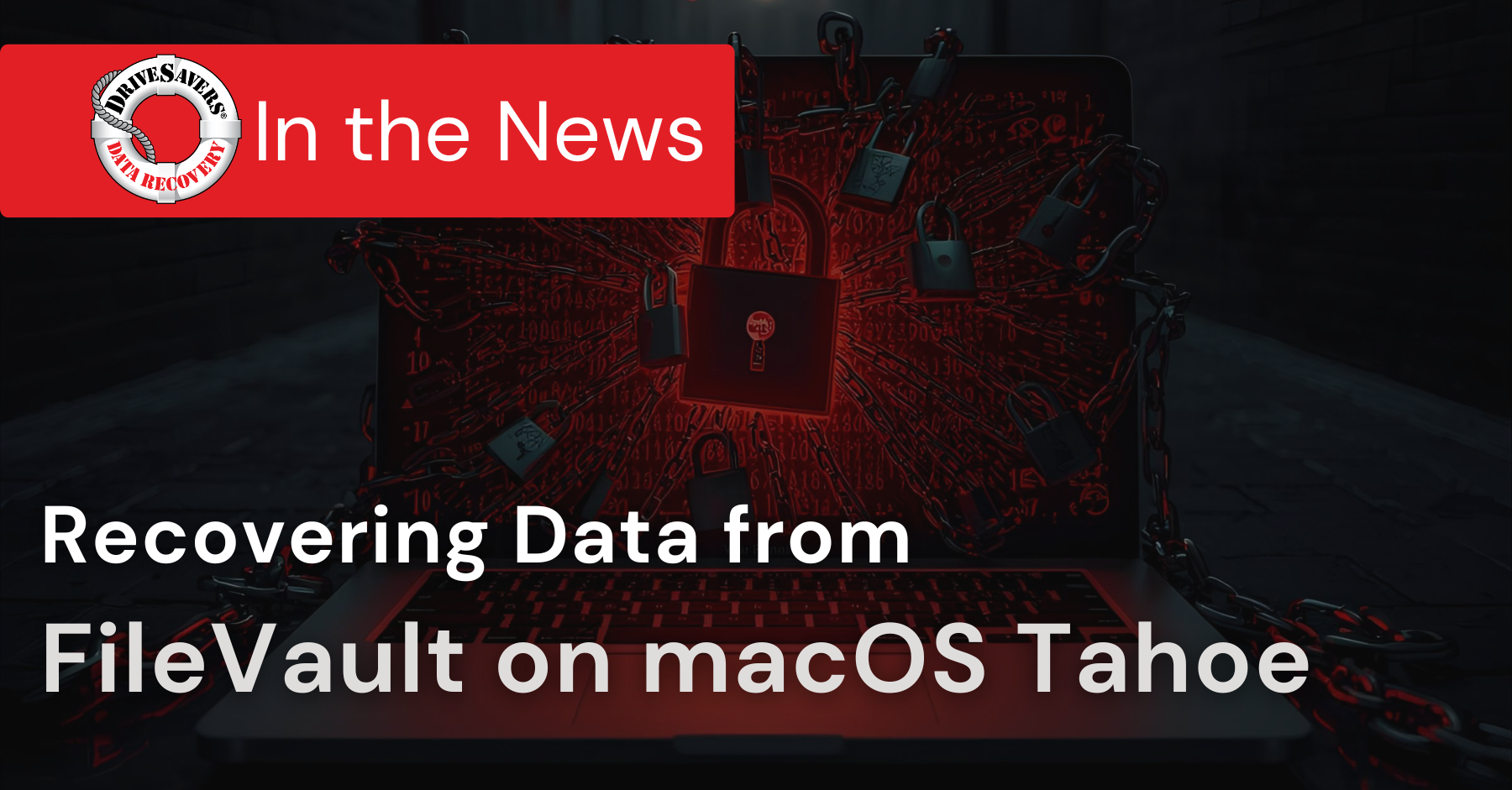In this article, we’ll break down what NIST 800-88 actually requires, why storage media of all types can defy expectations, and how verification services close the gap between intention and assurance.
New Terms, New Technology

Anyone dealing with solid-state (SSD) drive technology should know a few things about how these unique devices work and what they are supposed to do.
An SSD, like the Intel 160GB device shown here, uses flash memory chips to store data. Unlike a traditional electro-mechanical drive, a solid-state drive has no moving parts.
Instead of writing data to a spinning disk (like a hard drive), an SSD stores data to an array of memory chips.
Here is a short list of some of the new terminology used in conjunction with solid-state drives.
TRIM – An action that identifies which blocks of data are no longer needed on a solid-state drive and can be wiped for re-use.
Single-Level Cell, Multi-Level Cell, Triple-Level Cell – The difference in these terms is somewhat self-explanatory. With a single-level cell (SLC), only one piece of information (one bit) is contained within a storage cell. Multi-Level cells (MLC) can hold two pieces (bits) of information and TLCs can hold 3 bits of information per cell.
Bit – The smallest unit of measurement used for computer data. It is a single binary value, either 0 or 1. Bits are most commonly used in reference to data transfer rates (the speed data is moved from one place to another).
Controller – A controller is a device used in both electro-mechanical hard drives and solid-state drives to communicate with the host device and manage the data storage process. An SSD controller also is used to control some of the technical operations, including wear leveling and garbage collection (see definitions below).
Wear Leveling is a process through which the controller balances the writing and erasing of data across the storage area of an SSD. The idea is similar to rotating the tires on your care. You want to spread the wear evenly on all of the tires, but with the SSD you want to spread the usage across all of the available cells to prolong the life of the media.
P/E or Program/Erase Cycle is a way to measure how many times the storage areas of a solid-state drive can be written to, deleted and the re-used.
Garbage Collection is a memory management process through which unused portions of a solid-state drive are identified, modified and then utilized for storage of new information.
NVM Express is a controller interface through which the solid-state device is connected to a computing device. Similar to the USB connector on most portable hard drives, this interface is a standard that manufacturers can adopt without having to design and create their own proprietary connections.





